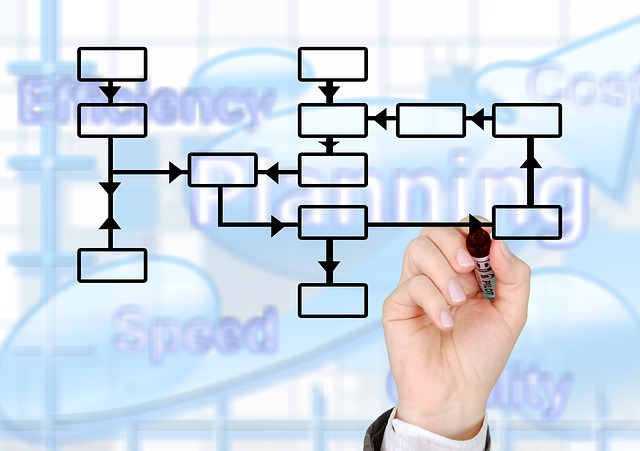I’ve learned over the last few months that I love business workflow automation. It is so fun to provide solutions that save time and money, while improving team morale, reducing errors and increasing customer satisfaction!
What is workflow automation?
Wikipedia describes as workflow this way: “A workflow consists of an orchestrated and repeatable pattern of business activity enabled by the systematic organization of resources into processes that transform materials, provide services, or process information.” It’s a collection of tasks, organized in a repeatable pattern using rules that can be assigned, tracked, prioritized and process. Here are some typical office workflows:
- HR
- New employee onboarding
- Employee termination
- Time & expense sheet approval
- Recruitment
- Marketing
- Content development
- Social media publishing
- Campaign execution
- Operations
- New customer onboarding
- Contract execution
- Service delivery
- Success dashboards
- IT
- Asset tracking
- Support requests
- Change management
Why does automating a workflow benefit a business?
- Reduction of errors and omissions
- Increased employee satisfaction
- Improved communication and visibility
- Enhanced customer satisfaction
- Support business scaling
- Efficient use of resources
How does workflow automation get implemented?
It is an iterative process, not necessarily linear, touching these stages:
- Exploration — The process starts with a common understanding of the processes in place currently. Who does what? When do they do it? Why do they do it?
- Analysis — This is where we look for tasks that can be delivered through software technology, which frees employee’s to deliver their core value.
- Recommendation — Floating solutions is important as it shows the team what can be done.
- Execution — Put a system in place, and get quick wins that deliver value immediately.

